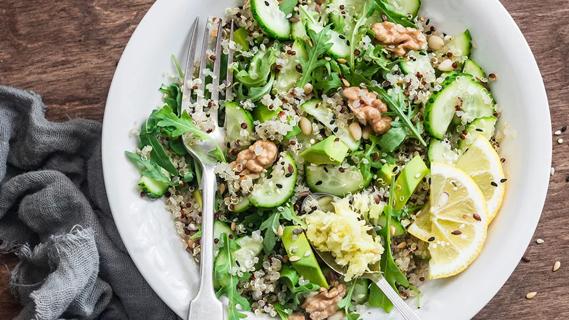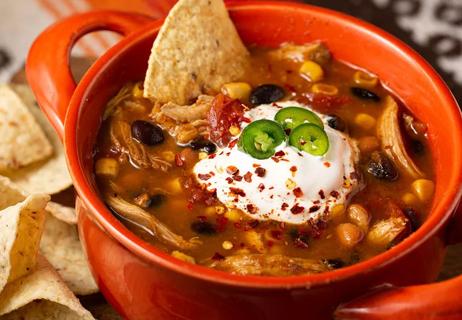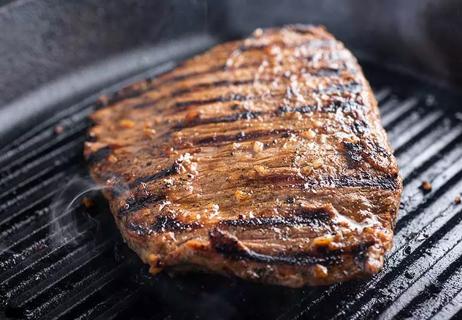3 basic steps can help you leave medications behind
If you live with chronic pain, experts say a diet makeover with a focus on vegetables can have a dramatic effect.
Advertisement
Cleveland Clinic is a non-profit academic medical center. Advertising on our site helps support our mission. We do not endorse non-Cleveland Clinic products or services. Policy
Those who follow strict vegan or Mediterranean diets have seen a complete turnaround in their pain symptoms, according to pain management specialist William Welches, DO, PhD. He says getting regular exercise, controlling stress and eating healthy foods all work together to reduce inflammation and chronic pain.
“Research shows that diet should be an integral part of a pain management program — especially as patients age,” says Dr. Welches. “A vegan or Mediterranean diet — or healthier eating inspired by these diets — can control insulin and cholesterol levels and reduce inflammation — which is the pain culprit.”
Inflammation is the body’s immune response to toxins as it works to “purify” itself. The resulting inflammation not only causes pain in the body. Over time, it also can trigger chronic diseases, such as heart disease and strokes, diabetes, Alzheimer’s disease and even depression.
There are many ways to treat and manage chronic pain. One of the most exciting approaches, however — because it is all natural — is adopting an anti-inflammatory diet. The other options for pain don’t always work. Many patients don’t benefit from neural (nerve) blocks, and medication therapy often leads to undesired side effects.
An anti-inflammatory diet, however, often eliminates the unpleasant side effects of some medications that cause fogginess, memory loss and sleepiness.
“Following an anti-inflammatory diet is powerful therapy for pain control with many beneficial side effects,” Dr. Welches says. “The anti-inflammatory diet is considered an integrative approach to pain management, along with exercise, stress management, osteopathic manipulation therapy and acupuncture.”
Advertisement
A good amount of research also shows that an anti-inflammatory diet can ease fibromyalgia and chronic pain symptoms.
Dr. Welches advocates the following three basic diet guidelines, noting that physicians should encourage all of their patients to consider them:
To make your diet part of an integrative lifestyle built to reduce chronic pain and reduce or eliminate inflammation, Dr. Welches recommends these additional priorities:
It is the diet, not the individual foods, that control inflammation, he says.
“For a chronic pain patient who is suffering, I recommend the extreme form of the diet — so that is no red meat, no refined flour or sugar or simple carbohydrate and no dairy,” he says.
Exercise is an added benefit, particularly if people are overweight. “If there is any extra weight, you will need to lose it,” he says.
Ultimately, what you need to know is that inflammation comes from a biochemical reaction initiated by your immune system or wound-healing coagulation system, Dr. Welches says.
Specific foods can promote or shut down the inflammatory cycle. For instance, simple carbohydrates promote it, while vegetables shut it down.
“Nutrition that supports a diet rich in anti-inflammatory foods is the key to anti-inflammation and chronic pain management,” Dr. Welches says. “Although there are no magic foods, putting the right combination of foods into your diet can produce remarkable results.”
Advertisement
Learn more about our editorial process.
Advertisement

When it comes to getting proper nutrition, your assigned sex can play a role — but there’s more to it than that

Ground flaxseed is full of heart-healthy omega-3s, antioxidants and fiber, and easy to add to just about any recipe

From meat to beans, we’ve got some ideas to help you create the perfect-for-you chili recipe

Only 130 calories per serving, this dessert deserves your attention

Plan ahead, bring a cooler when possible and don’t forget the water!

A delicious twist on grilling

A cool, refreshing and satisfying salad!

Type 2 diabetes isn’t inevitable with these dietary changes

Applying a hot or cold compress can help with pain